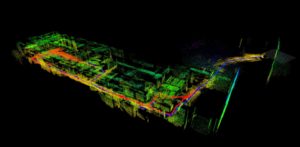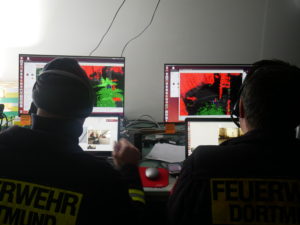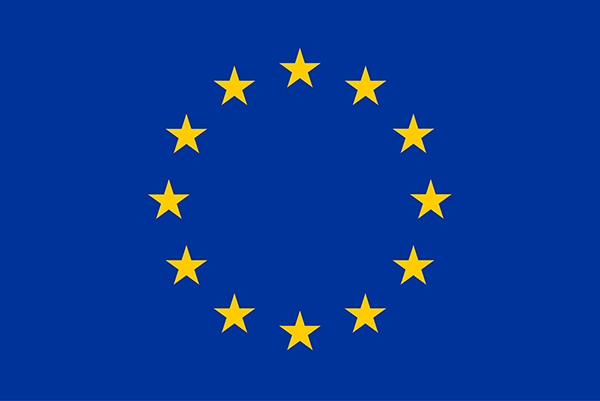
Ivana Kruijff-Korbayová and Hartmut Surmann (re)presented TRADR at the European Robotics Forum in Edinburgh, March 22-24 2017. In the session “Success Stories: Robotics for Disaster Response” Ivana spoke about TRADR objectives and recent results, including the deployment of TRADR robots in response to the earthquake in Amatrice. Alongside speakers from several other EU projects dealing with disaster response and search & rescue she was also one of the panelists in a discussion which addressed S&R competitions, involvement of companies, benchmarking and system integration.
In the AI & Cognitive Robotics session “AI for long-term autonomy in robot applications” Ivana delivered a position statement based on TRADR experience and participated in group discussions. Similarly to the speakers representing other domains of application she underlined the need for learning from experience, e.g., to avoid repeating a mistake; the need for coping with complex, unknown, unpredictable and dynamic environments; and the need for communication between robots and humans about mission progress, including environment changes.






